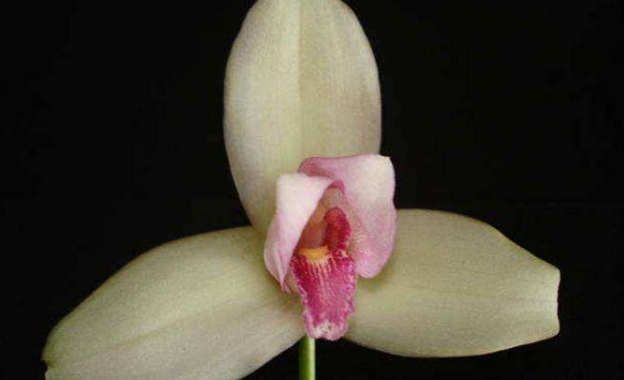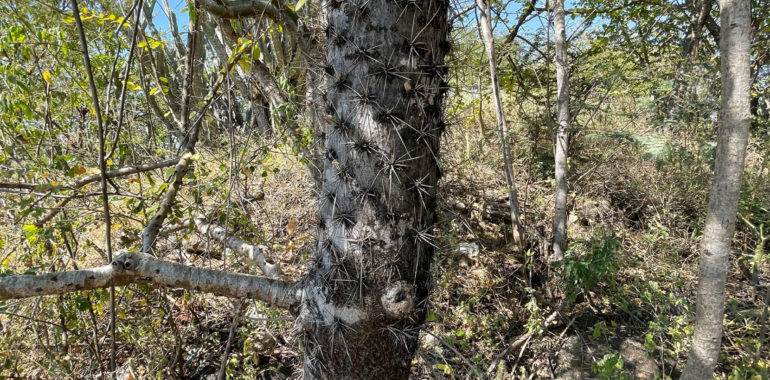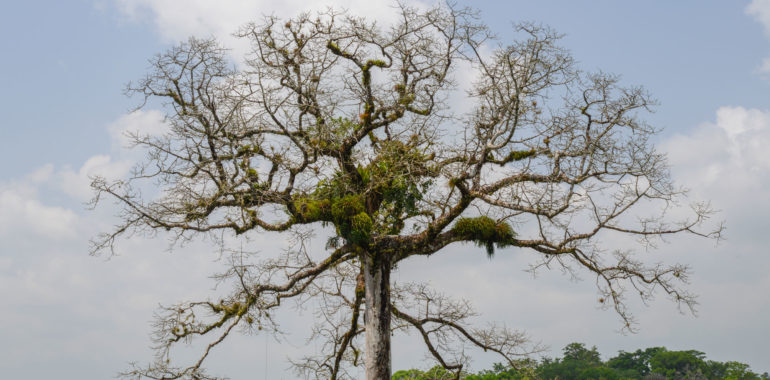Biodiversity, or biological diversity, is defined as the diversity of species of plants, animals, fungi and microorganisms that live in a given space. This also includes their genetic variability, the ecosystems of which these species are part, the landscapes or regions where they occur or locate, the ecosystems, and the ecological and evolutionary processes that…
“Manzanote” a special cacti from the dry forest
Cacti are perennial plants, very attractive for their strange shapes and spines. Its stems are green, fleshy, simple or branched, with cylindrical, globose, or flattened shapes. They are, generally, terrestrial plants adapted to extreme climates where they can survive long periods without water. They can be herbs, shrubby or arborescent, fleshy or even hard and…
A Place Called Mesoamerica
Do you ever wonder, what does Mesoamerica mean? This name appears in the history books we read at school, but the discussion and research about the breadth of its territory and culture needs to be explored even more. The word “Mesoamerica” has a Greek origin for the prefix “meso” which means “between something” or in…
Why is Ceiba so important in our country and the Americas?
Ceiba is one of the largest trees in the tropics, measuring up to 70 meters high and its roots up to 5 meters deep. It is a tree that we can find in most places in the towns of Guatemala. It was declared a National Tree on March 8, 1955. It is also very common…




